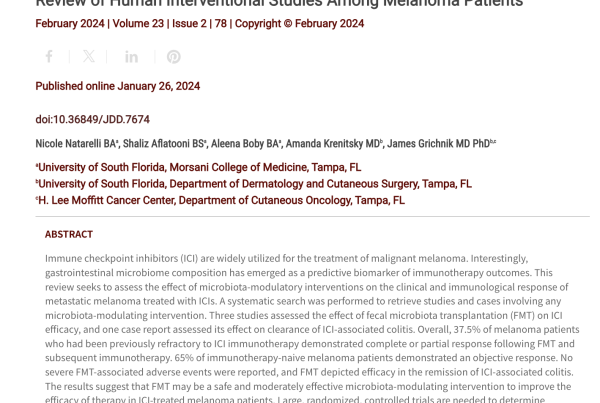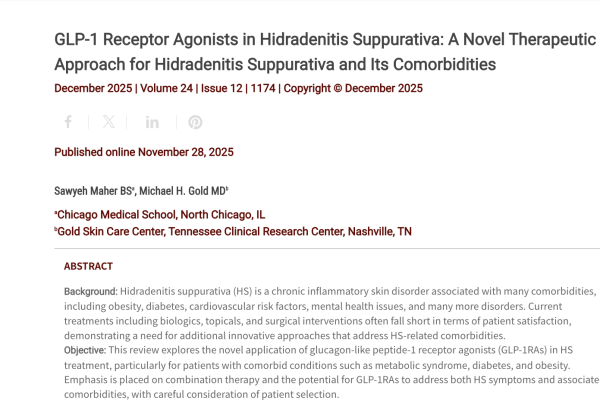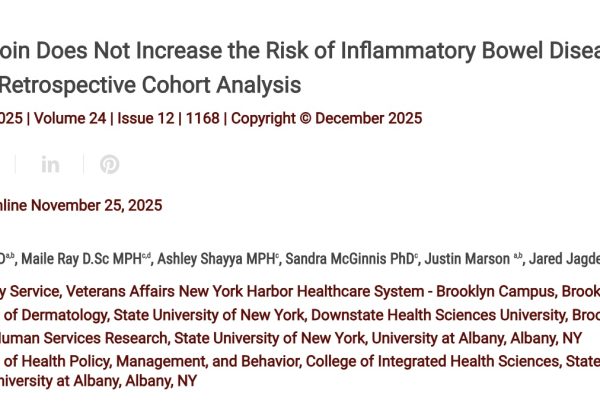Featured Article

“The inflammatory pathways underlying rosacea are becoming increasingly elucidated. What remains unknown is the mechanism of progression of these pathways, and how they can result in papules/pustules and/or phyma in some patients but not others”
“The inflammatory pathways underlying rosacea are becoming increasingly elucidated. What remains unknown is the mechanism of progression of these pathways, and how they can result in papules/pustules and/or phyma in some patients but not others.”
While much progress has been made in better understanding the pathogenesis of rosacea, a need remains for more effective treatments to address the underlying inflammation and to improve clearance.
Current therapies for facial erythema provide temporary relief and are not consistent at helping patients achieve complete clearance of papules and pustules, according to authors Jerry Tan, MD, of Western University in Ontario, Canada, and J. Mark Jackson, MD, of the University of Louisville in Louisville, Ky, who published a review in the Journal of Drugs in Dermatology (“Treating Inflammation in Rosacea: Current Options and Unmet Needs”). They examined what is known about the underlying inflammatory nature of rosacea and its available treatments.
Ideally, the future of rosacea treatment should include addressing both the papules and pustules as well as the inflammatory pathways leading to erythema and phyma, the authors say. Longer-term control and the ability to reduce the signs and symptoms of rosacea would be an important advance, they write.
Heather Onorati is an experienced medical writer and editor with more than 20 years covering the dermatology industry
Get More from the JDD
Get the latest rosacea news delivered straight to your Inbox – sign up for the JDD Newsletter.
Discover the latest research, exclusive articles from leading dermatology experts, popular Podcast episodes, free CME activities, and more!
You May Also Like











